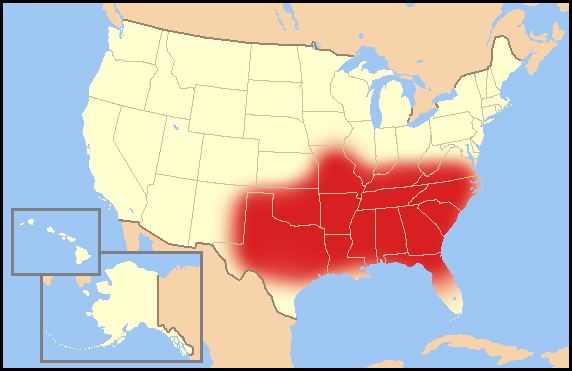Prayers said and the closing hymn sung, tea-drinking churchgoers fill Marble City Grill for Sunday lunch. But hard on their heels comes the afternoon crowd: craft beer-drinking, NFL-watching football fans.
Such a scene would have been impossible just months ago because Sunday alcohol sales were long illegal in Sylacauga, hometown of both the actor who played TV’s Gomer Pyle and the white marble used to construct the U.S. Supreme Court building. While the central Alabama city of 12,700 has only one hospital, four public schools and 21 red lights, the chamber of commerce directory lists 78 churches.
Yet few were surprised when residents voted overwhelmingly in September to legalize Sunday alcohol sales. Churches lacked either the heart or influence to stop it.
That shift is part of a broad pattern across the South: Churches are losing their grip on a region where they could long set community standards with a pulpit-pounding sermon or, more subtly, a sideward glance toward someone walking into a liquor store.
In metro Atlanta, youth sports teams regularly practice and play games on Sunday mornings and Wednesday nights – times that were strictly off-limits a generation ago because they conflicted with church worship services. In Mississippi, dozens of businesses display anti-discrimination stickers distributed by a gay rights group rather than worry about a church-based backlash.
“It doesn’t matter who wants to buy a house,” said real estate agent Diana Britt, who drives around Jackson, Mississippi, in a work vehicle decorated with one of the stickers. “If they want to buy a house, I’ll sell them a house.”
Church-based crusaders against gambling also are on a losing streak as all but two Southern states, Alabama and Mississippi, have lotteries. And, perhaps most tellingly, a recent survey by the Pew Research Center showed 19 percent of Southerners don’t identify with any organized religion. That’s fewer “nones” than in other regions, but the number is up 6 percentage points in the South since 2007.
The South is still (continue reading)
